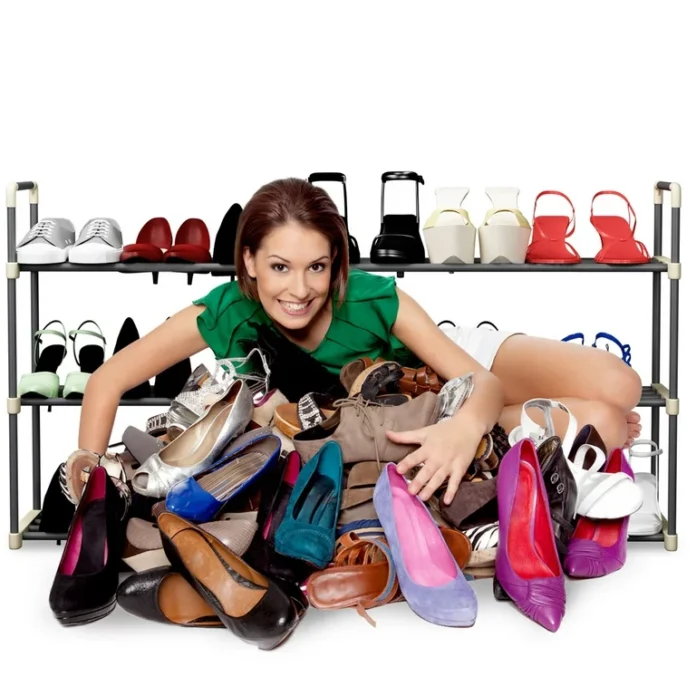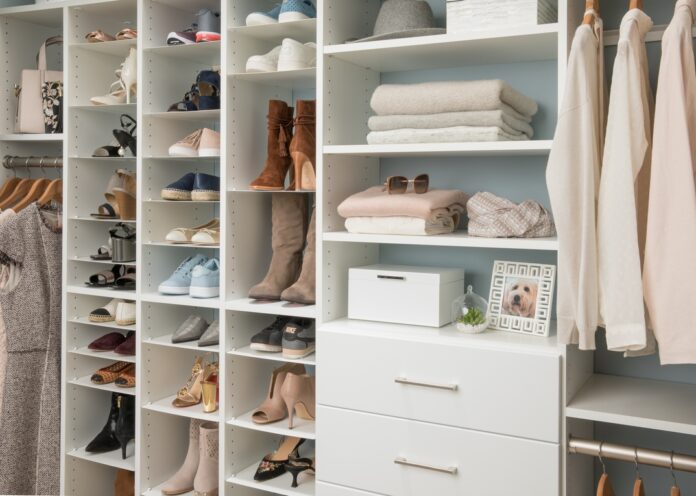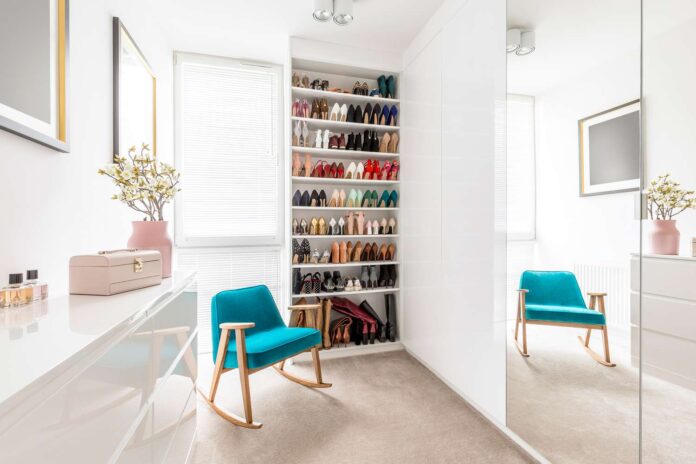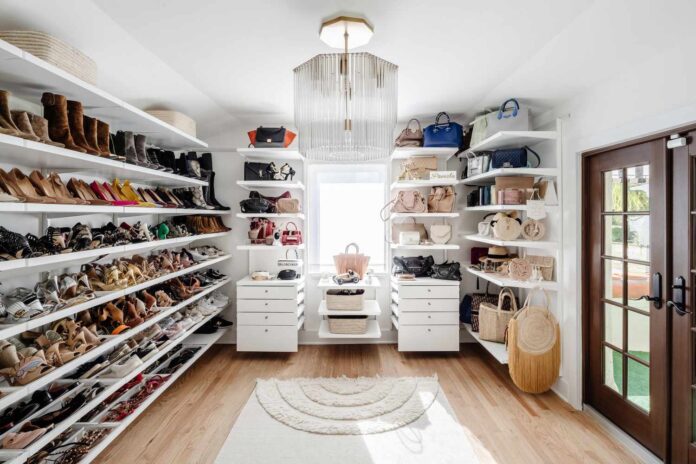Maintaining a fashionable yet simplified shoe collection is a savvy approach to decluttering and ensuring versatility with your fashion. But with so many different shoe styles and options, how can you simplify your wardrobe and select the right options?
Key Considerations for Your Shoe Closet
Before you get started in this endeavor, it’s important to keep three things in mind:
Functionality and Pairings
First, you’ll need to think about functionality and pairings. In other words, how are your shoes going to function in the broader context of your wardrobe? Everyone should have a diverse selection of shoes available for a wide variety of different needs.
Some shoes are going to be more functional than others, offering sleek design and wearability in a wide variety of different situations.
For example, a classic leather shoe is a great fit for a wide variety of occasions; it can be formal, informal, or anything in between, and it can match almost any conceivable outfit. Accordingly, a classic leather shoe is much more functional and versatile than the majority of its rivals.
Space
Next, you’ll need to think about space. No matter how big your closet is, it’s still a finite amount of space that you have to work with. With unlimited space, you could have thousands of shoes available to you, but for most people, it’s much more reasonable to have a dozen or fewer pairs of shoes available. The trick is to make every pair of shoes count.
Cost
Finally, you’ll need to think about cost. This variable is going to be largely dependent on your income and personal finances; some people make enough money that they have a practically unlimited budget, while others need to scrimp and save for the shoes they buy. While shoes are an important consideration for both fashion and functionality, you should avoid spending recklessly in this area.

How to Master a Versatile Shoe Closet for Effortless Fashion
With these targets in mind, these are some of the best strategies for improving the versatility of your shoe closet:
Set a Budget
One of the first things you should do is set a budget. Evaluate your financial situation and set a firm limit for what you’re willing to spend on new shoes. Depending on the context, this could mean spending a fixed amount of money on an entirely new wardrobe or spending a dedicated amount of money on shoes for a specific period; for example, you could spend $5,000 on new shoes all at once or spend $500 a year on shoes over the next decade.
Go for Quality Over Quantity
One way to simplify your shoe collection is to aim for quality over quantity. Higher quality shoes are more expensive, but they also tend to look better, feel better, and hold up better over time. Also, when shoes are cheap and easy to buy, it’s easier to accumulate more of them than you need.
Invest in Classic Essentials
There’s nothing wrong with being adventurous or outgoing in your fashion sense, but for the most part, your shoe wardrobe should be focused on classic essentials. Classics are classics for a reason; they can be used in a wide range of outfits for a variety of purposes.
When in Doubt, Go Neutral
You’ll probably have at least a few pairs of shoes with bright, ostentatious coloring. But for the most part, you should stick to neutral hues. More neutral colors can go with more outfits, leading to more versatility and fewer shoes that you need to purchase.

Choose Pairs With Multiple Functions
Every shoe in your wardrobe should be a good fit for more than one function or occasion. If you have shoes that can only be worn in very specific or unusual circumstances, you’re probably never going to wear them.
Be Willing to Cull the Losers
Despite your best efforts, you’ll likely accumulate more shoes than you really need eventually. If you want to keep your collection relatively light, yet still functional, it’s important to be willing to cull the losers in your closet. At least once a year, go through all of your shoes and get rid of anything that you haven’t worn in recent memory.
Clean and Maintain What You Have
Finally, make it a point to clean and maintain the shoes you have. This will help them look their best and last longer as part of your collection.
Embrace Seasonal Styles Wisely
Just as fashion changes with the seasons, so should your shoe closet. However, this doesn’t mean you need a complete overhaul every few months. Instead, focus on adding a couple of versatile seasonal pieces.
For summer, a comfortable yet stylish sandal can be a game-changer, serving both casual and slightly dressier occasions. In winter, opt for boots that can withstand weather changes yet are elegant enough for indoor events. By choosing seasonal shoes that can adapt to various situations, you ensure your closet remains both trendy and functional throughout the year.

Consider Your Lifestyle and Daily Routine
Tailoring your shoe collection to your lifestyle is crucial. If you’re someone who spends most of the day on their feet, comfort should be a top priority. Look for shoes with good support and a comfortable fit, like cushioned sneakers or ergonomic flats.
For those in more formal work environments, invest in a few pairs of classic dress shoes that can transition from the office to after-work events. Remember, the right shoe for your lifestyle not only enhances your outfit but also ensures your day-to-day activities are conducted with ease and comfort.
It’s hard to build a functional shoe closet overnight, especially if you don’t have much experience mastering the art of versatile fashionability. But if you’re willing to stick with the most important core principles and preserve the quality and integrity of your shoe collection, you should be in a much better position to select the right outfits for any occasion.






